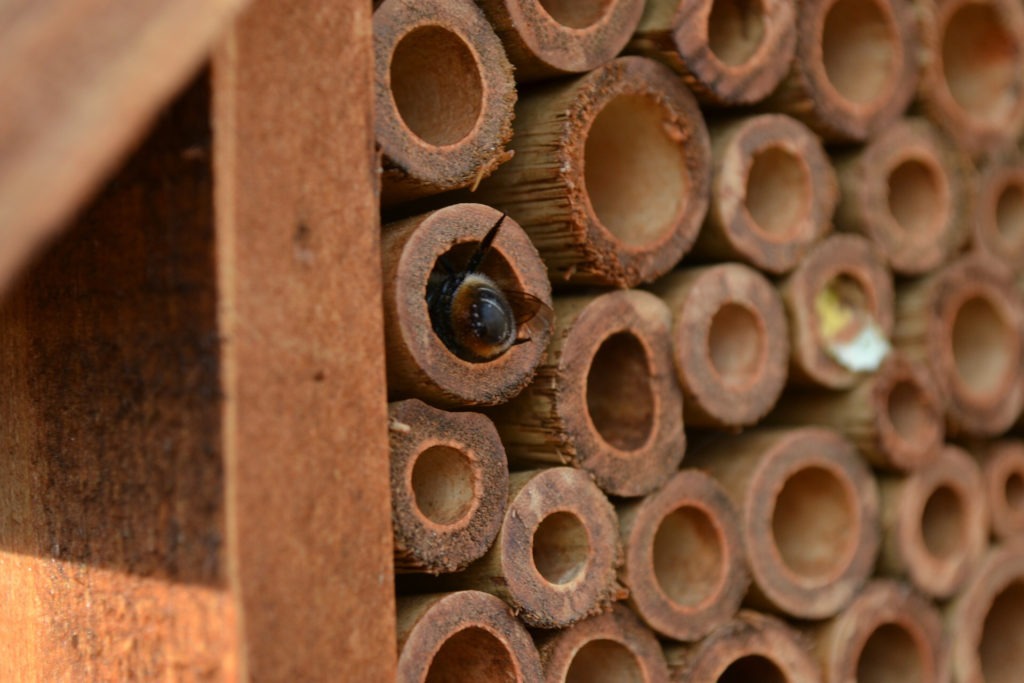We are all familiar with the fact that colony collapse disorder really tremendously affected honey bees. However, without diminishing the importance of honey bees, we can say that they are not the only ones who do such an amazing job with the pollination. The focus is on honey bees, maybe because people are afraid to lose all the food they love. However, the mason bees are highly affected by the colony collapse disorder as well.
This is really worrying because they do an amazing job with the pollination. The interesting thing is that they naturally are a bit clumsy, and this actually helps them in the pollinating process. They sloppily bump into a flower, and this is really helpful for them. In fact, one Mason bee can pollinate as much as a hundred honey bees can do.
More facts about the Mason bees:
- As mentioned before, Mason bees are amazing pollinators. Unlike the honey bees, Mason bees are more sloppy when it comes to pollination. A honey bee will carefully collect pollen and do the whole pollination process. They will carefully store it into their pollen basket which is on their legs. Mason bees, on the other hand, do the whole process a bit messier. They sloppily land on a flower and are spreading the pollen everywhere. In this process, the pollen is attaching all over the bee’s body and hereby it’s more easily to distribute it to some flower which needs the fertilization.
- They are called Mason bees because they kinda do masonry work. Another difference that separates them from honey bees is that these bees do not build combs. Instead, they are looking for some small holes where they can store their pollen and where they can lay eggs. After this, they section it off with mud. This is the job of a female Mason bee, which can lay up to 20 eggs in a lifetime. Continuously, they once again fill the next section with pollen, eggs, and mud. The continuous work is finished when they manage to fill the whole tube. This tube is really small, around 8 mm.
- Mason bees build their nests closer to the area with the best flowers (around 200 feet away). Honey bees, for example, are located much further. This is quite suitable and convenient for the beekeepers, who will always be aware of the location of pollination. If you wish pollination for your plants, you should set a beehive closer to them.
- Mason bees do not make honey. The adult bees usually die before the weather gets cold. This is why they do not need to make honey i.e. store food. They go through the winter as pupae and start working in spring. They are in fact the first one to appear in spring, in some places this can be as early as February or March.
- Unlike the honey bees, Mason bees work alone. They do not have the organization that honey bees have. Female Mason bees are their own queens and workers as well. After the female Mason bee mates with a male, she dies approximately 10 weeks after.

